
Connected agriculture is estimated to grow to $4.3 billion by 2023 at a CAGR of 19.3% from the present day. E farming/smart farming and IoT in agriculture will make this possible – no doubt and with the recent IoT trends surpassing this number is also not a feat. Recent statistics indicate that the population is expected to reach 9.6 billion by 2050. And with increasing population is he increased demand on the agriculture and food industry. IoT devices and sensors have helped meet this demand by eradicating the unforeseen challenges of climatic conditions, environmental impact and so on. Though agriculture revolution started decades ago with the introduction of mechanical innovations, IoT trends in agriculture can recreate the way our food industry works!
E farming or smart farming is a high technology and efficient system of agriculture in a sustainable way by the use of connected devices and innovative technology. This involves the use of IoT trends, thereby reducing the need for physical work and human resources, increasing productivity in the process. With the introduction of IoT in food and agriculture industry, sensors technology to receive data in real time is now possible, which is then connected to the cloud and aids in effective decision making. The benefits of this revolution are umpteen and we list only a few here:
IoT in agriculture is helping bridge the gap between production quantity and quality. Thanks to the IoT devices and sensors, farmers are now equipped to manage their yield better and become more profitable. With easy access to information on their hand in real time with the use of sensors, the food industry is more equipped to prevent damage and maximize efficiency by continuous monitoring. Drones and automatic greenhouse conditions monitoring aids them to take accurate decisions for better crop management. This is not only a better approach for the farmers, but for the entire world to create a sustainable food system!
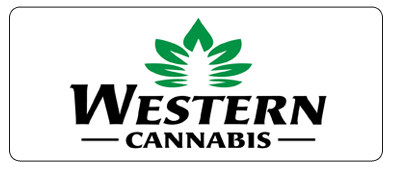
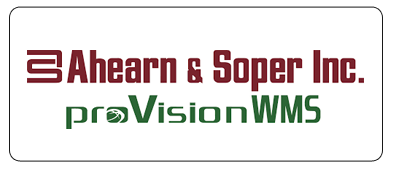
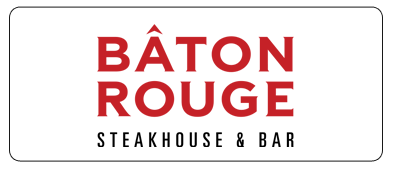
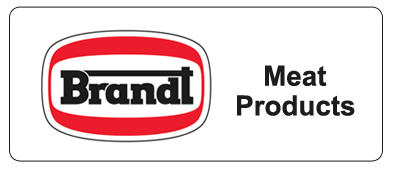
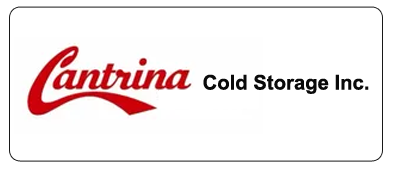

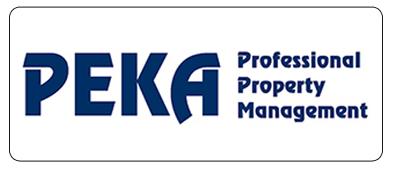
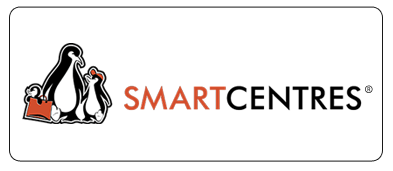

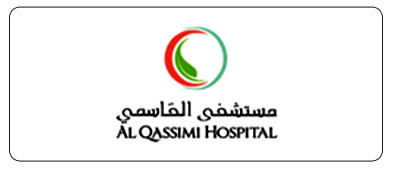
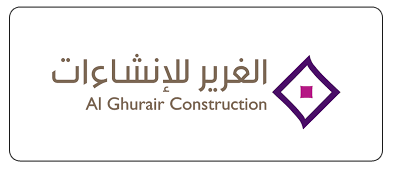



Stay Ahead of the Curve: Read the WatchNET IoT Blog for Cutting-Edge Trends & Insights.

Find Your Perfect Fit: WatchNET IoT Reference Chart – Solutions Tailored for Every Industry.

WatchNET product catalog offers everything you need to unlock the potential of the Internet of Things.

WatchNET IoT is a pioneering wireless monitoring and automation company equipped with a robust suite of solutions with 100+ long-range wireless sensors, Smart Gateway, and a versatile Open Cloud Platform tailored for various industries.
© 2019 All Rights Reserved